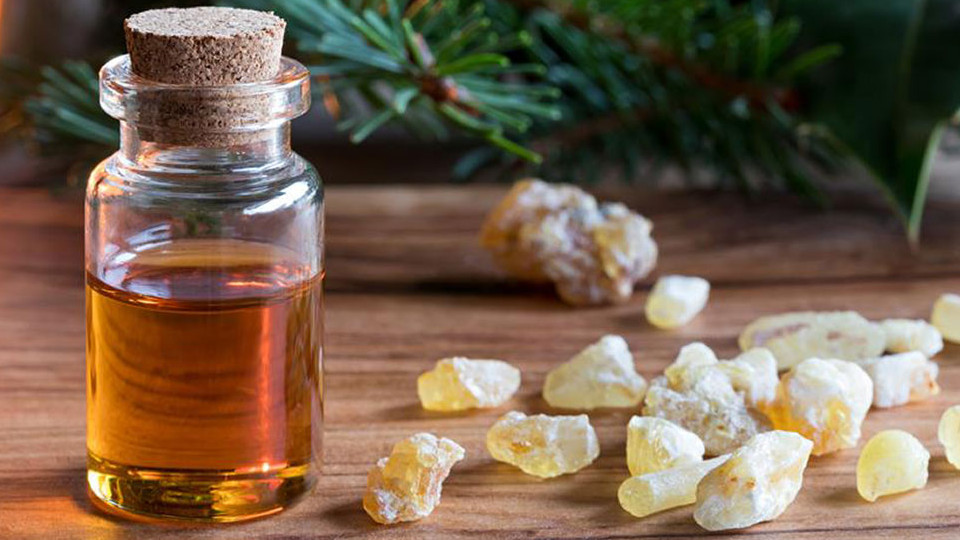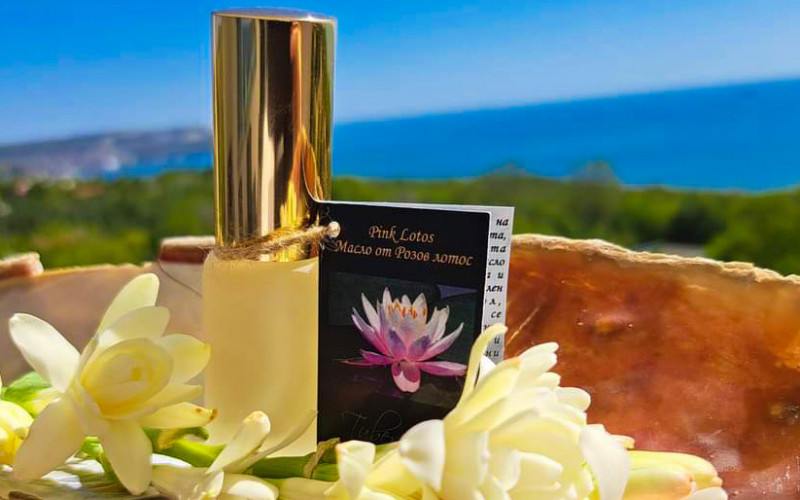From ancient times to the present day, people have turned to nature and folk medicine for various cures and solace for their problems and ailments. One of the most fascinating and mystical remedies used since ancient times is frankincense oil, an ancient remedy that has been a part of human history for more than 5,000 years. This oil has not only been prized for its healing properties, but also for its role in religious and spiritual rituals. Also known as "liquid gold", Frankincense oil is definitely among the most precious and ancient essential oils used in antiquity and even today.
In this article, we will explore the origins, meaning and uses of frankincense oil, as well as touch on other ancient remedies that helped our ancestors overcome the physical and spiritual challenges of life.
Origins and history of frankincense: An ancient remedy with a centuries-old tradition
When it comes to incense, our imagination often associates this word with sacred temples and churches, or with the oriental markets of the eastern countries. Incense carries with it that strong and enveloping smell that cannot be mistaken for any other. Also called the "perfume of the gods", it is full of mystery and symbols that are rooted in its millennia-old history. It is mentioned in the Bible and other sacred books as one of the three gifts from the Magi that the newborn Jesus Christ received.
Since its inception, frankincense is considered one of the first scents used by humans. Centuries ago, people burned this resin to enjoy its specific amber scent and to communicate with the deities through it. They used it in temples for various rituals as it was believed to have a purifying effect on both the body and the soul of a person. It was also believed to drive away evil forces and bad thoughts.
It comes from Boswellia trees that grow in the arid and mountainous regions of India, Africa and the Arabian Peninsula. There are several species and varieties of incense trees, each producing a different type of resin. The main species from which quality resin is obtained are Sakra (Indian frankincense), Carteria (Somalia and Yemen), Papyrifera (Ethiopia, Somalia) and Frereana (Somalia). As it is observed, the best and quality resin, comes mainly from Somalia. The Roman Catholic Church is also supplied from there. It is one of the oldest medicines of antiquity, used for religious rituals, medicine and trade. The ancient Egyptians used it to embalm the dead, and to treat wounds and infections.
What is it?

As mentioned above, this oil is extracted from the resin of a tree of the genus Boswellia. This tree grows mainly in the arid regions of Africa, Arabia and India. The process of extracting the oil begins by carefully gouging the bark of the tree with a knife, which causes the resin to leak out and harden under the sun's rays. This process is called resin collection and the hardened pieces are called tears. The collected resin is then processed, usually by steam distillation, to produce the valuable and high-quality Frankincense essential oil. The oil has a rich, warm and woody aroma that both soothes the soul and body, but also stimulates the mind.
Application of Frankincense in Religion: Relationship with the Divine
In many cultures, frankincense oil has been considered sacred and used as a means of communication with deities. In the Christian tradition, incense is a symbol of prayers that ascend to heaven. It is often used in church rituals and liturgies as a symbol of purity and devotion of the faithful. In the Bible, incense is mentioned repeatedly as one of the three gifts offered to the newborn Jesus by the Magi, along with gold and myrrh, two other ancient cures that were highly prized in antiquity.
Ancient medicinal properties of frankincense
Frankincense oil was used in ancient times to treat various diseases and ailments. It was believed to help with respiratory problems, inflammation and even to relieve stress and anxiety. It has a positive influence on the quality and duration of sleep, Ancient physicians prescribed it to treat arthritis, heal wounds and even for reproductive problems. Frankincense has also been used as an antiseptic and anti-inflammatory, and these properties have been confirmed by modern research. It strengthens the immune system and supports the general well-being of the body. It is also widely used in cosmetics thanks to its antioxidant, moisturizing and skin soothing properties.
Other ancient cures successfully applied in the past
Frankincense is not the only ancient remedy that impresses with its properties and uses. In ancient times, people relied on many natural remedies that still inspire us today with their benefits.
1. Myrrh - Like frankincense, myrrh has been used since the ancient Egyptians for embalming and treating various diseases. Myrrh was considered a powerful antiseptic and was used to treat wounds and infections. It was also an important component in various religious rituals.
2. Aloe Vera - This plant, known as the "plant of immortality," has been used since the ancient Egyptians to treat skin problems and burns. Aloe Vera is considered an ancient remedy that has anti-inflammatory and antibacterial properties, and is still used today to treat various skin ailments.
3. Garlic - One of the most ancient remedies used in Ancient Egypt, Greece and Rome to treat infections, as a natural antibiotic. Garlic has been valued for its antimicrobial and immunostimulant properties, which are confirmed today.
4. Ginseng - This East Asian root has been used as an ancient remedy in traditional Chinese medicine to boost energy, strengthen the immune system and improve vitality. Ginseng is considered a tonic that balances the body and mind.
5. Laurel - In ancient times, laurel leaves were used not only as a spice, but also as a remedy to relieve pain and improve digestion. In ancient Rome, laurel was a symbol of victory and strength, and laurel oil was used to treat rheumatism and skin diseases.
Almost all of the ancient cures we have looked at above continue to be part of our culture and daily life today, even in the modern world. They carry with them thousands of years of history filled with tradition, spirituality and timeless benefits that still inspire and heal. Although modern medicine has made great strides, ancient remedies continue to remind us of the wisdom of nature and the importance of these precious treasures to our health and well-being.




